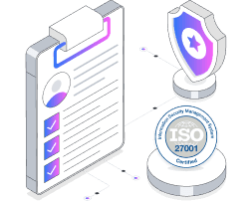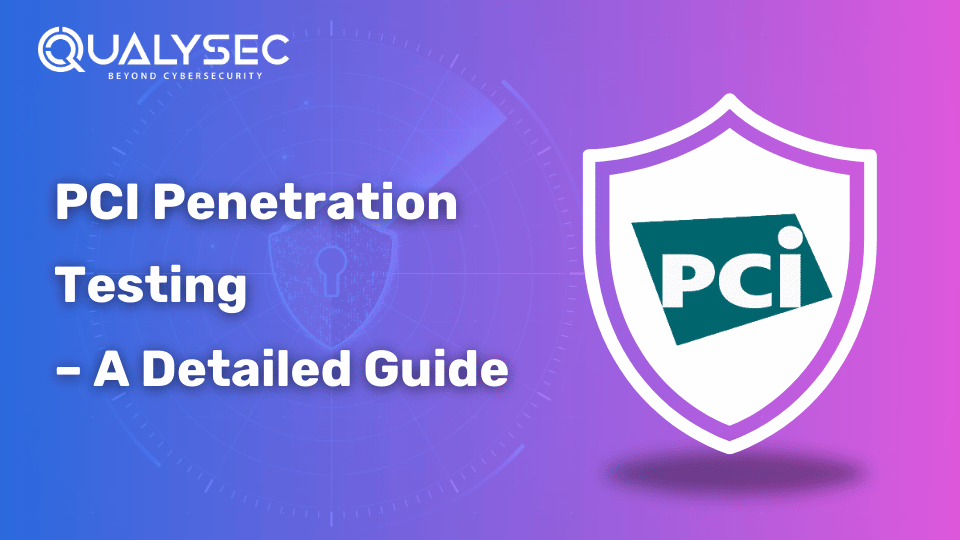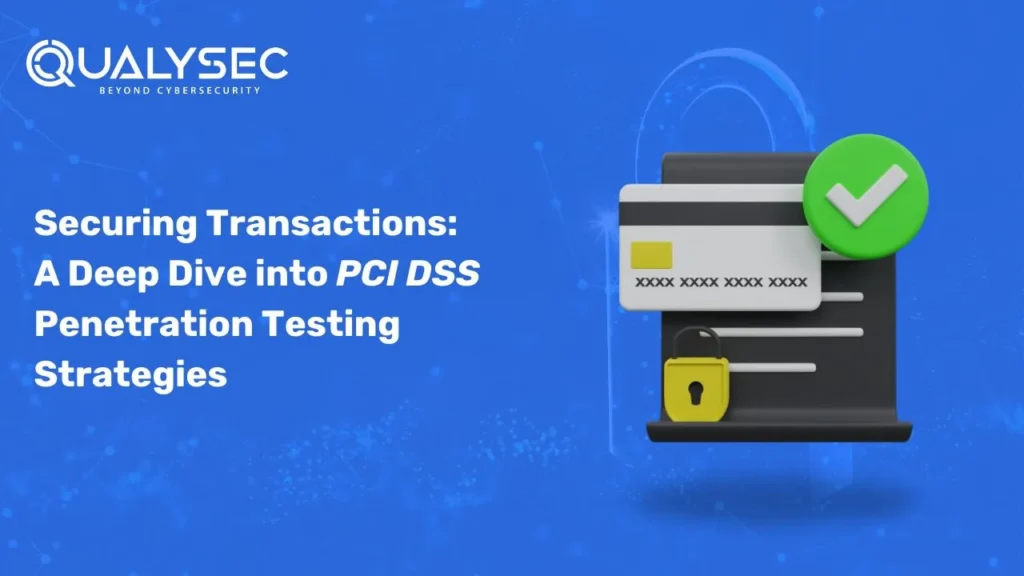PCI Penetration Testing – A Detailed Guide
For those not familiar with the PCI DSS standard, the Payment Card Industry Data Security Standard (PCI DSS) was developed to enforce the security of cardholder data. If you are in the business of handling credit cards or any other payment information of users, you need to comply with PCI regulations to avoid legal problems and fines. The best way to comply is by conducting PCI penetration testing. Organizations could be fined up to $100,000 per month if they have been non-compliant for a while. Penetration testing is a method where cybersecurity specialists simulate real attacks to detect and exploit vulnerabilities that could give cybercriminals unauthorized access to user information. The regulatory bodies mandate organizations to regularly conduct PCI penetration testing to secure payment card information. In this blog, we will explain what exactly PCI penetration testing is, what are its requirements, and which company you should choose to conduct the test. Stay tuned! What is PCI Penetration Testing? PCI penetration testing or PCI DSS penetration testing is an exercise where an organization (that handles credit card info) hires a third-party firm to check whether its IT environment is safe from cyberattacks. A PCI penetration test specifically evaluates the following: PCI penetration testing is required to maintain PCI DSS compliance. Non-compliance can lead to legal penalties and even loss of payment card processing privileges. Importance of PCI Penetration Testing Credit card fraud is one of the most common issues that affects millions of cardholders across the globe, especially in the US. If your business deals with cardholder data, a protective card environment should be a top priority in your security. As per the PCI Security Standards Council, the main goal of penetration testing is to determine whether and how cybercriminals can gain unauthorized access to files, logs, and cardholder data. Additionally, it confirms that the organization implements the necessary security controls outlined by PCI DSS. Benefits of Conducting PCI Penetration Testing 1. Protect Cardholder Information By conducting PCI penetration testing, you ensure the security of the system storing and processing customer’s payment data from unauthorized access. This protects their credit card details, personal information, and other sensitive data from falling into the hands of cybercriminals. 2. Comply with Industry Regulations PCI penetration testing is often required to comply with industry regulations and standards, such as the Payment Card Industry Data Security Standard (PCI DSS). By meeting these requirements, you avoid legal penalties and maintain the ability to process credit card payments securely. 3. Prevent Financial Loss from Data Breaches By identifying and fixing vulnerabilities through PCI penetration testing, you decrease the chances of successful cyberattacks. This reduces the risk of financial losses associated with data breaches, such as fines, legal fees, and compensation payouts to affected customers. 4. Maintain Trust and Reputation Among Customers Showing your commitment to the security of customer data through regular PCI penetration testing helps maintain trust and confidence in your business. Customers are more likely to choose and continue doing business with organizations that keep their private information safe. 5. Identify and Fix Security Vulnerabilities PCI penetration testing helps uncover security weaknesses in your systems and applications that could be exploited by cyber attackers. The PCI penetration testing report will also include how to fix those weaknesses. As a result, you can prevent a significant amount of cyberattacks on your business. 6. Enhance your Overall Cybersecurity By regularly testing for compliance with PCI standards, you improve your organization’s overall cybersecurity posture. This helps protect your applications, networks, and other digital assets from a wide range of cyber threats, not just from those related to payment card information. PCI Penetration Testing Requirements PCI DSS requirement 11 contains control measures related to establishing a vulnerability management process. These controls include quarterly internal and external vulnerability scans and annual penetration tests. PCI DSS requirement 11.3 specifically addresses penetration testing, whose requirements include: Stages of PCI Penetration Testing The PCI penetration testing process involves several steps that need to be followed in a specific order. Here are the PCI pen test stages: 1. Information Gathering The first step of PCI penetration testing is to gather as much information about the application or network that is being tested. Either the organization can provide the necessary information, or the pen testers gather information from publicly available web pages. 2. Planning and Scoping The organizations then work with the pentesting team to define the scope of the test. This includes the entire CDE perimeter (both internal and external), and any vital systems. It may also include critical network connections, access points, and applications that store, process, or transmit cardholder data. 3. Automated Vulnerability Scans The pen testers use various automated vulnerability scanners, for example, Burp Suite, Netsparker, OWASP ZAP, Metasploit, etc. It is a quick method to find surface-level vulnerabilities in applications and networks. 4. Manual Penetration Testing This is where the real PCI penetration testing takes place. Here, the pen testers manually simulate real cyberattacks on the tested environment to identify and exploit vulnerabilities. Since it is done manually, organizations can get a deeper level of assessment of their digital assets. 5. Reporting All the vulnerabilities found during the pen tests are documented. Additionally, the pen test report includes the potential impact of each vulnerability, along with remediation methods. 6. Remediation The development team then uses this report to fix all the vulnerabilities found during the testing. If needed, the pen testing team will help them over consultation calls. 7. Retest After the development team has completed fixing, the testing team will retest the application to check whether all vulnerabilities are properly eliminated. 8. LOA and Security Certificate The penetration testing company will then issue a letter of attestation (LOA) and a security certificate, which proves that you have successfully conducted a penetration test. Organizations show this certificate to comply with the PCI DSS regulations. Curious to see what a real PCI penetration test report looks like? Here’s your chance. Click the link below and download one right





